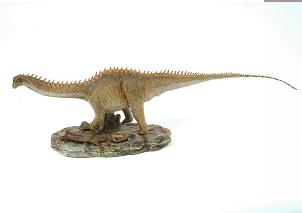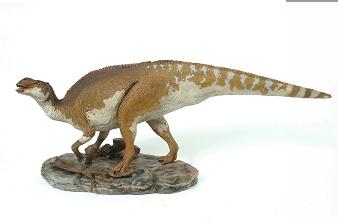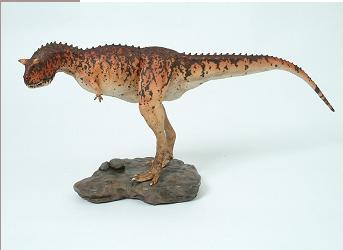
click images for larger views




On This Page
Apatosaurus
Carnotaurus
Brachylophosaurus (Elvis)
Apatosaurus
Carnotaurus
Brachylophosaurus (Elvis)
[[Home]
[News] [Life-Size Sculptures] [Model Kits] [Wildlife Collection]
[Complete Catalog]
[About Us] [Contact Us]
[Frequent Questions] [The Studio At Work] [Links] [Privacy Policy] [Terms of Use]
mail@cmstudio.com
© 2017 CM Studio
All Rights Reserved
CM Studio 100 West Central Avenue Benld, Illinois 62009
[News] [Life-Size Sculptures] [Model Kits] [Wildlife Collection]
[Complete Catalog]
[About Us] [Contact Us]
[Frequent Questions] [The Studio At Work] [Links] [Privacy Policy] [Terms of Use]
mail@cmstudio.com
© 2017 CM Studio
All Rights Reserved
CM Studio 100 West Central Avenue Benld, Illinois 62009
Apatosaurus/Brontosaurus was one of the largest land animals that ever existed. The dinosaur Brontosaurus is now called Apatosaurus. This enormous plant-eater measured about 70-90 feet (21-27 m) long and about 15 feet (4.6 m) tall at the hips. It weighed roughly 33-38 tons (30-35 tonnes). Its head was less than 2 feet long; it had a long skull and a very tiny brain. This plant-eater had a long neck (with 15 vertebrae), a long whip-like tail (about 50 ft = 15 m long), a hollow backbone, peg-like teeth in the front of the jaws, and four massive, column-like legs. Its hind legs were larger than the front legs. Fossilized Apatosaurus footprints (called trackways) have been found (in Colorado, USA) that were about a yard wide.
The most distinctive features of Carnotaurus are the two thick horns above the eyes, and the extremely reduced forelimbs with four fingers. It had a small skull, a thick chest, and a thin tail. The eyes of the Carnotaurus faced forward, which is unusual in a dinosaur, and may indicate binocular vision and depth perception.
A single nearly complete skeleton has been described including impressions of skin along almost the entire right side, that show Carnotaurus lacked feathers, unlike many other theropods discovered recently (see also feathered dinosaurs). Instead, the skin is lined with rows of bumps, that become larger toward the spine.
A single nearly complete skeleton has been described including impressions of skin along almost the entire right side, that show Carnotaurus lacked feathers, unlike many other theropods discovered recently (see also feathered dinosaurs). Instead, the skin is lined with rows of bumps, that become larger toward the spine.
The hadrosaur group, of which Brachylophosaurus was a member, is known as the "duck-bills," although this feature is not very prominent in Brachylophosaurus. Its most obvious characteristic is the crest for which it is named. Some of the hadrosaurs had hollow crests through which they might have blown air, but the crest of Brachylophosaurus is solid. It ran with its body horizontal and its tailed stretched out for balance. It is known from fairly complete fossils found in Canada.



